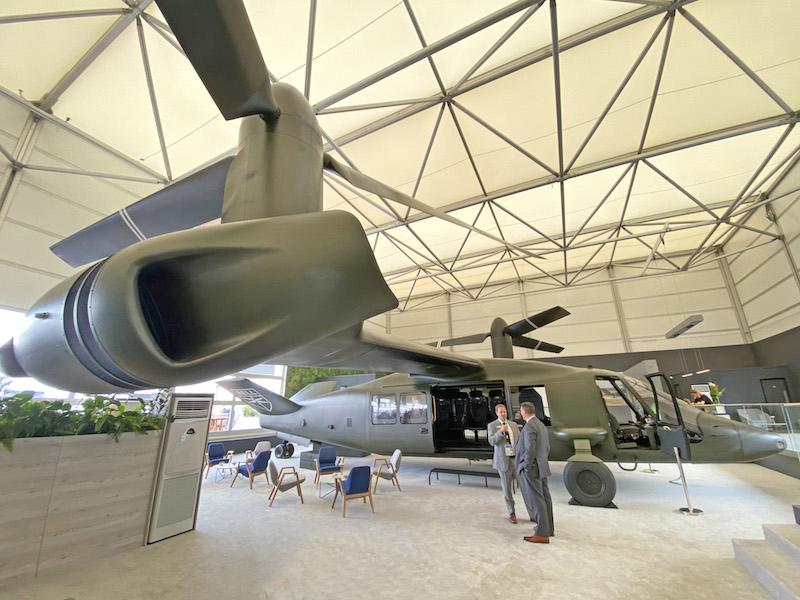
A mockup of Bell’s V-280 Valor at the Paris Air Show.
Credit: Mark Wagner/Aviation Images
LE BOURGET—With the award for the U.S. Army’s massive Future Long-Range Attack Aircraft (FLRAA) in hand, Bell is reviewing its production capacity and planning investments to meet the program’s large requirements with a potential opening for international customers. The Army in December awarded Bell...
Subscription Required
Bell Planning Production Capacity Increase To Meet V-280 Demand is published in Aerospace Daily & Defense Report, an Aviation Week Intelligence Network (AWIN) Market Briefing and is included with your AWIN membership.
Already a member of AWIN or subscribe to Aerospace Daily & Defense Report through your company? Login with your existing email and password.
Not a member? Learn how you can access the market intelligence and data you need to stay abreast of what's happening in the aerospace and defense community.
